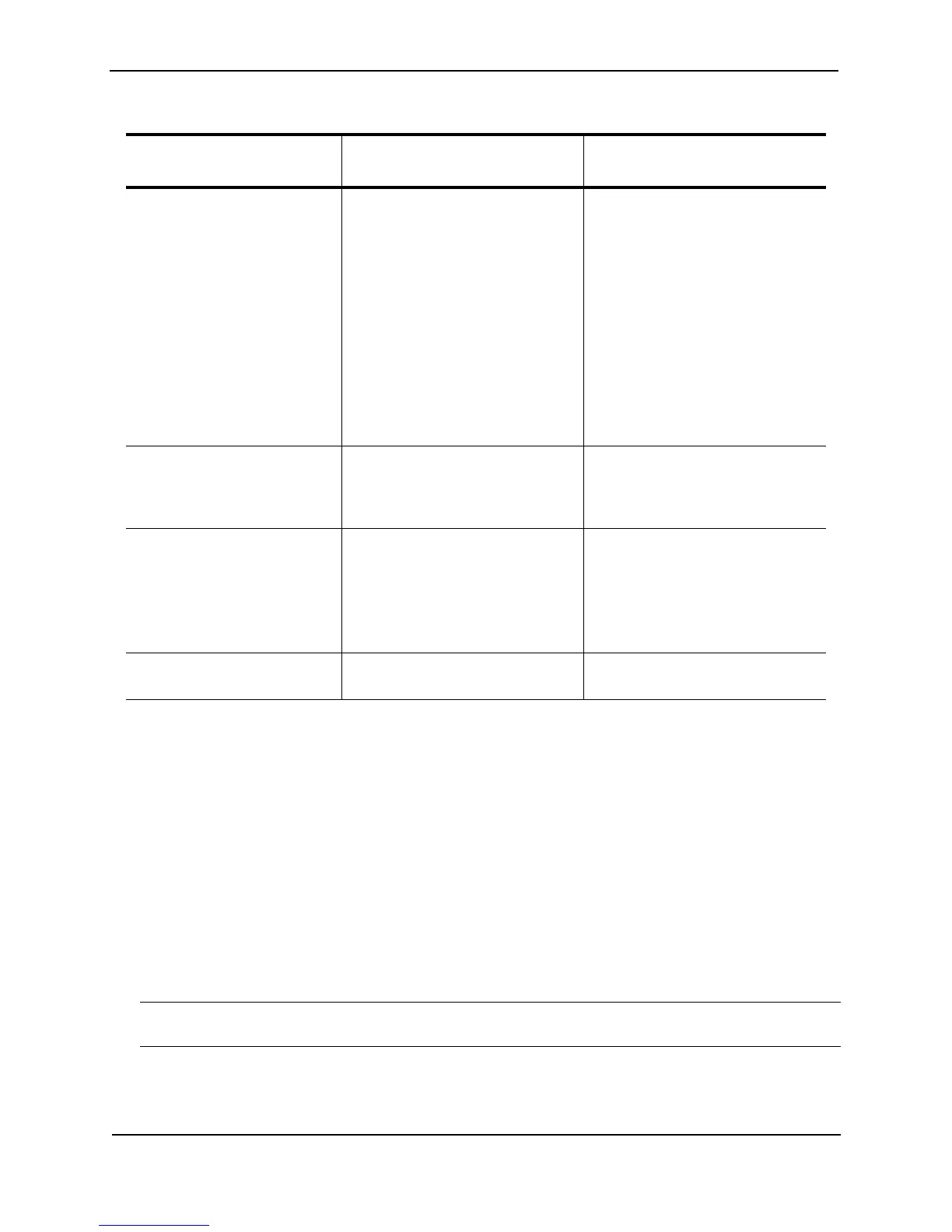Foundry Switch and Router Installation and Configuration Guide
C - 4 December 2000
Policy and Filter Precedence
QoS
You can apply QoS policies to individual ports, VLANs, static MAC address, Layer 4 sessions, and AppleTalk
sockets. If a port is a member of two or more of these items and has different priorities, the priorities are merged.
However, the resulting priority is never lower than the highest priority.
Precedence Among Filters on Different Layers
Generally, the Foundry device applies only the type of filter that applies to the traffic. For example, if a packet is a
Layer 2 switched packet, then the device evaluates the packet against the port’s MAC filters. If a packet is a
routed IP packet, the device evaluates the packet against the port’s IP access policies.
Foundry recommends that you do not use filters at different layers on the same port. For example, do not use
MAC filters and IP access policies on the same port.
NOTE: You cannot use Layer 2 filters to filter for Layer 4 information. To filter for Layer 4 information, use IP
access policies (filters).
Route filters
• RIP route filters
• RIP neighbor filters
• IPX RIP route filters
• IPX SAP service filters
• AppleTalk zone and
network filters
• BGP4 address filters
• BGP4 AS-path filters
• BGP4 community filters
Permit (learn and advertise) all
routes or services
Deny (do not learn or advertise) all
routes or services
Router acceleration policy
• IP switching filter
• IPX switching filter
Permit (accelerate) all packets, thus
bypassing router
Deny acceleration to all packets,
thus sending packets to router
Route redistribution filter
• RIP
• OSPF
• BGP4
Redistribute all routes if
redistribution is enabled.
Do not redistribute routes unless
explicitly redistributed by filter
Note: For RIP and OSPF, you must
explicitly enable redistribution.
Redistribution is enabled by default
in BGP4.
Layer 2 broadcast and multicast
filters
Allow outbound broadcasts and
multicasts on the specified ports
Drop outbound broadcasts or
multicasts on the specified ports
Table C.2: Default Policy and Filter Actions (Continued)
Policy or Filter Type Default action when no policies
or filters are configured
Default action after a policy or
filter is configured
